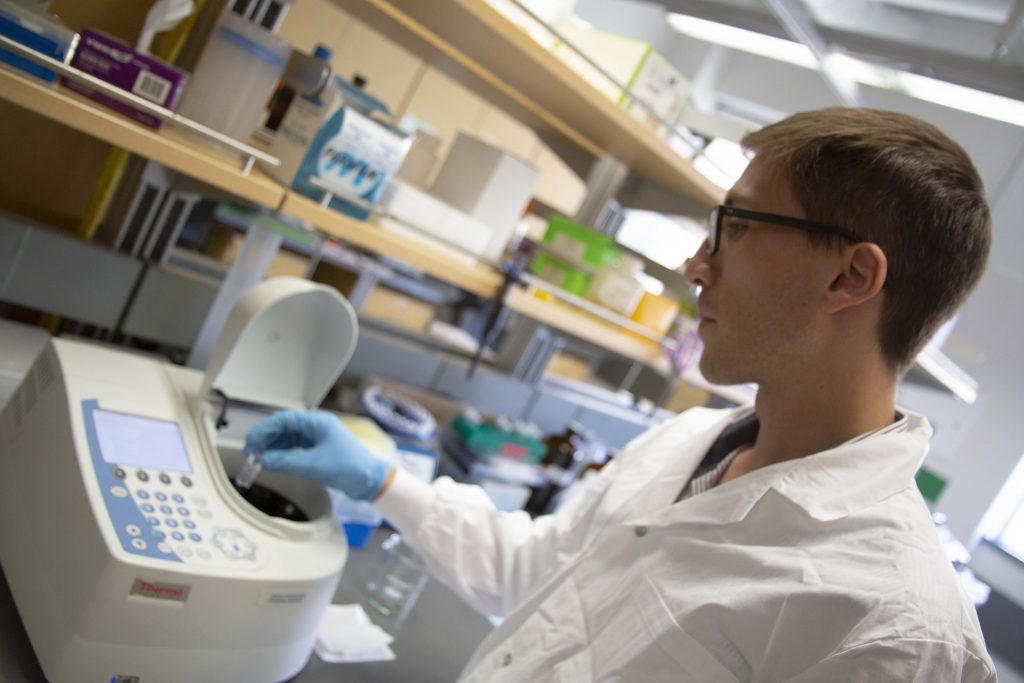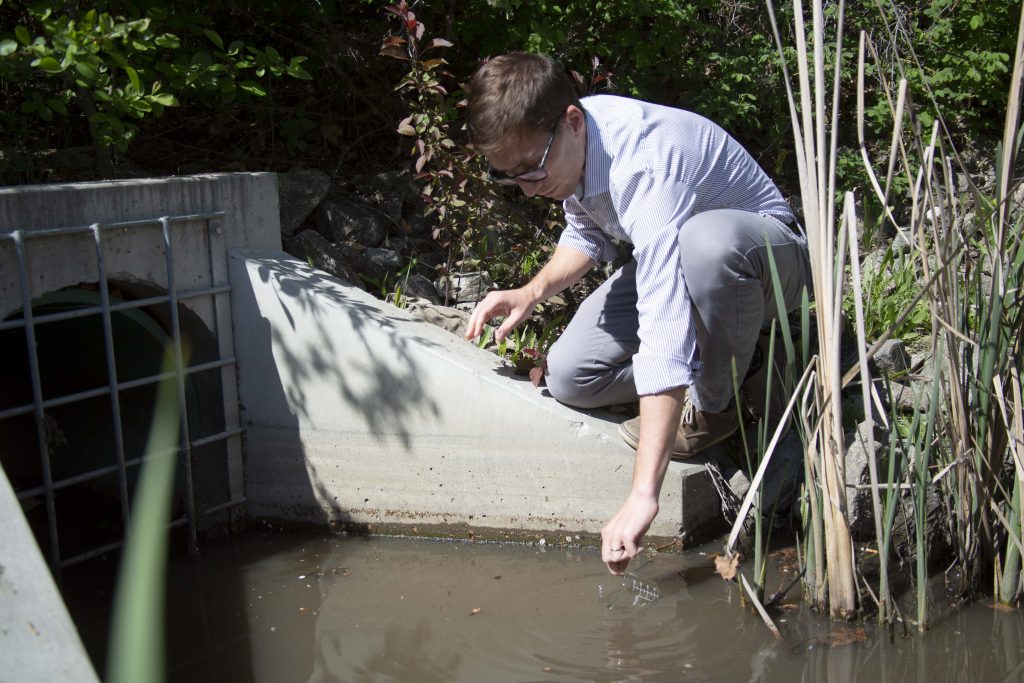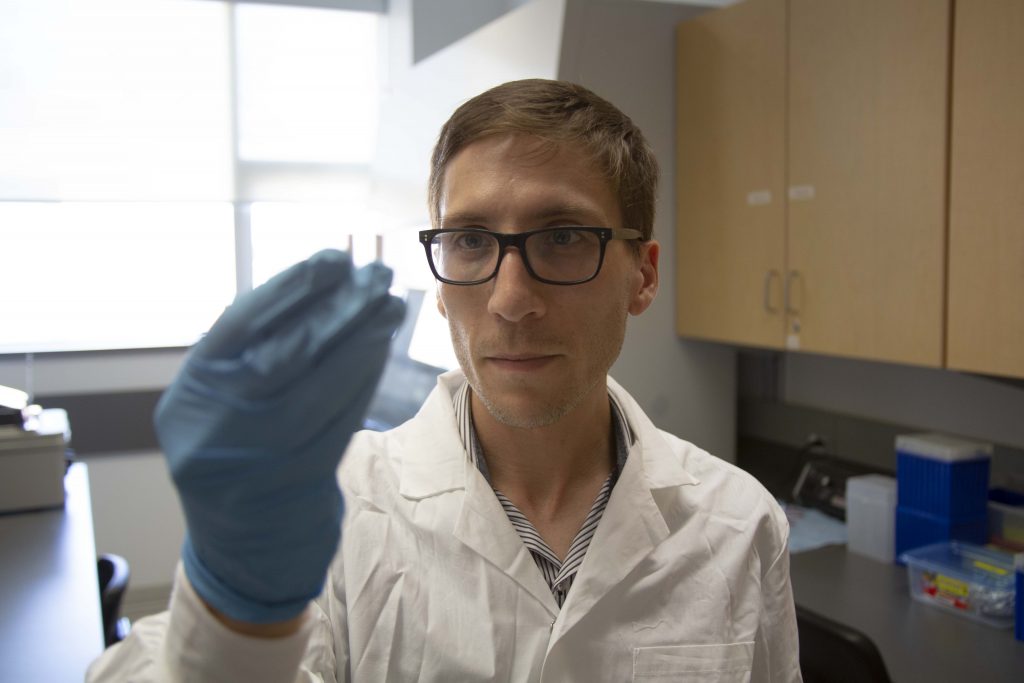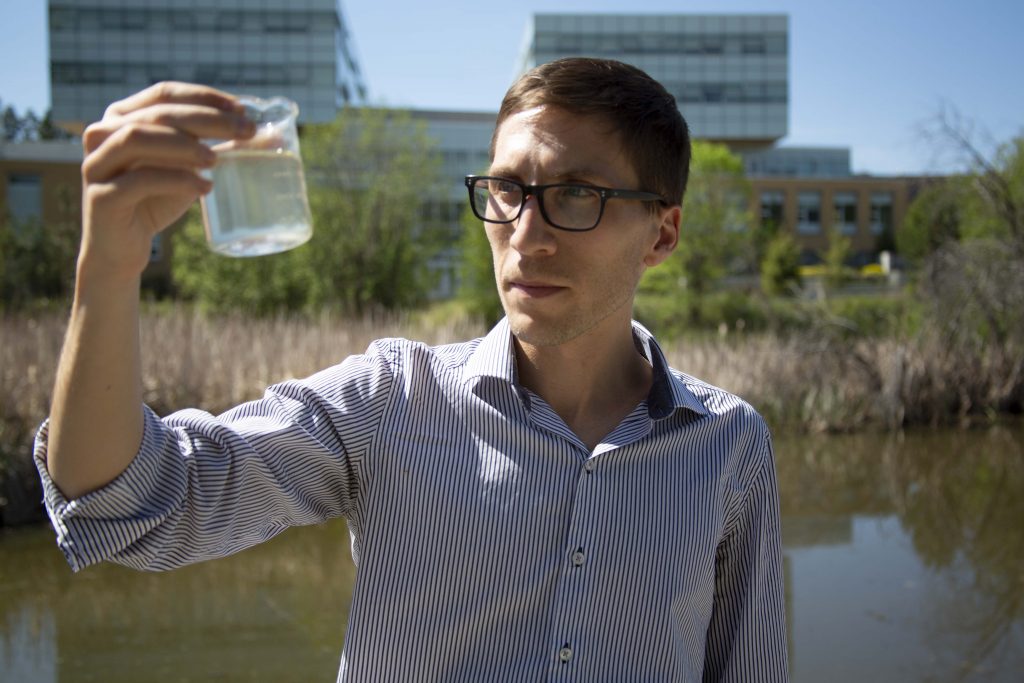
New research has uncovered a new, fast and highly-accurate means of measuring contaminants in water. It could mean rapid detection of different types of contaminants that current methods may miss including low-levels of pesticides and hydrocarbons.
Pipelines can rupture or have slow leaks that release oil products into ground-water or waterways. Similarly, storms can move pesticides off agricultural lands and into neighbouring waterways.
This new assessment tool could provide an improved mechanism for municipal, agricultural and industrial stakeholders to mobilize when contamination occurs.
“Our initial findings are very favorable and show a high level of accuracy” explains Nicolas Peleato, an assistant professor at UBC’s Okanagan campus. “We were specifically looking at a few key pesticides and hydrocarbons leaching into waterways, but this process can easily be adapted for several other contaminants.”
There is currently a need for methods that can rapidly monitor harmful environmental contaminants in surface waters.

By using a fluorescence-based method, rapid detection of contaminants at levels typically observed during contamination events, can be measured. The method involves using a beam of light that excites electrons in molecules of certain compounds causing them to emit light and be identified.
The new tool differs from existing test methods because it utilizes a novel process that considers background interference from compounds naturally present in surface waters.
“Modelling is very important in this process,” says Peleato, “it enables us to provide lower detection limits and increase accuracy.” The researchers are now looking into advanced data-driven methods to further lowering detection limits and increasing confidence in the method.
Real-time monitoring system for environmental contaminants can also be a valuable tool for assessing water quality compliance.

Peleato is confident this new approach will make waves. “Some additional testing is required, but we feel this tool will one-day be included in environmental monitoring practices working along-side the more rigorous and time-consuming lab-based system currently in place; that oversees industrial contamination events.”
The research was led by Yang Ye along with UBC Okanagan assistant professor Nicolas Peleato and in collaboration with Prof. Raymond Legge (University of Waterloo) and Prof. Robert Andrews (University of Toronto). It was funded by the Natural Sciences and Engineering Research Council of Canada (NSERC) Industrial Chair in Drinking Water Research at the University of Toronto.
